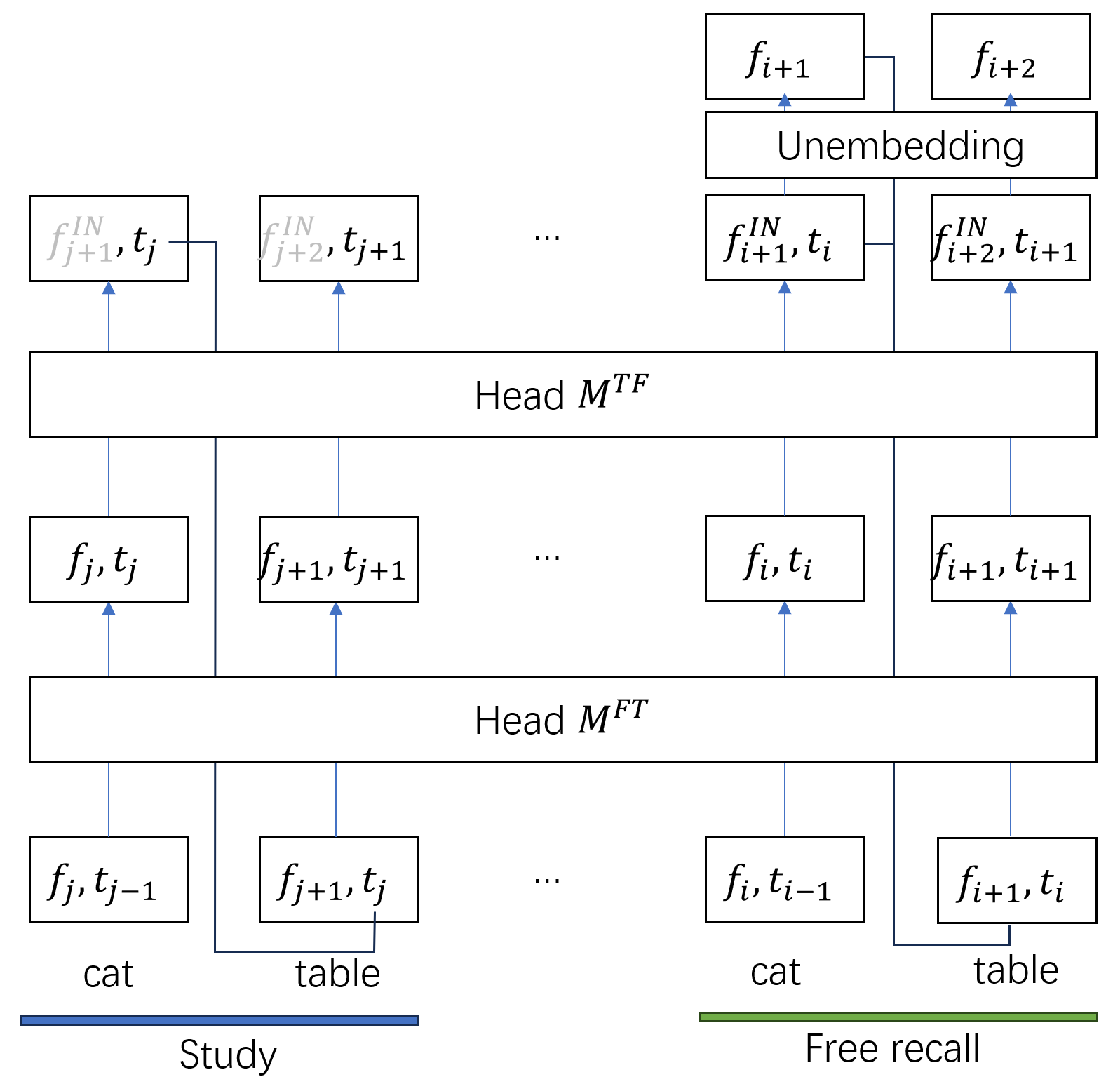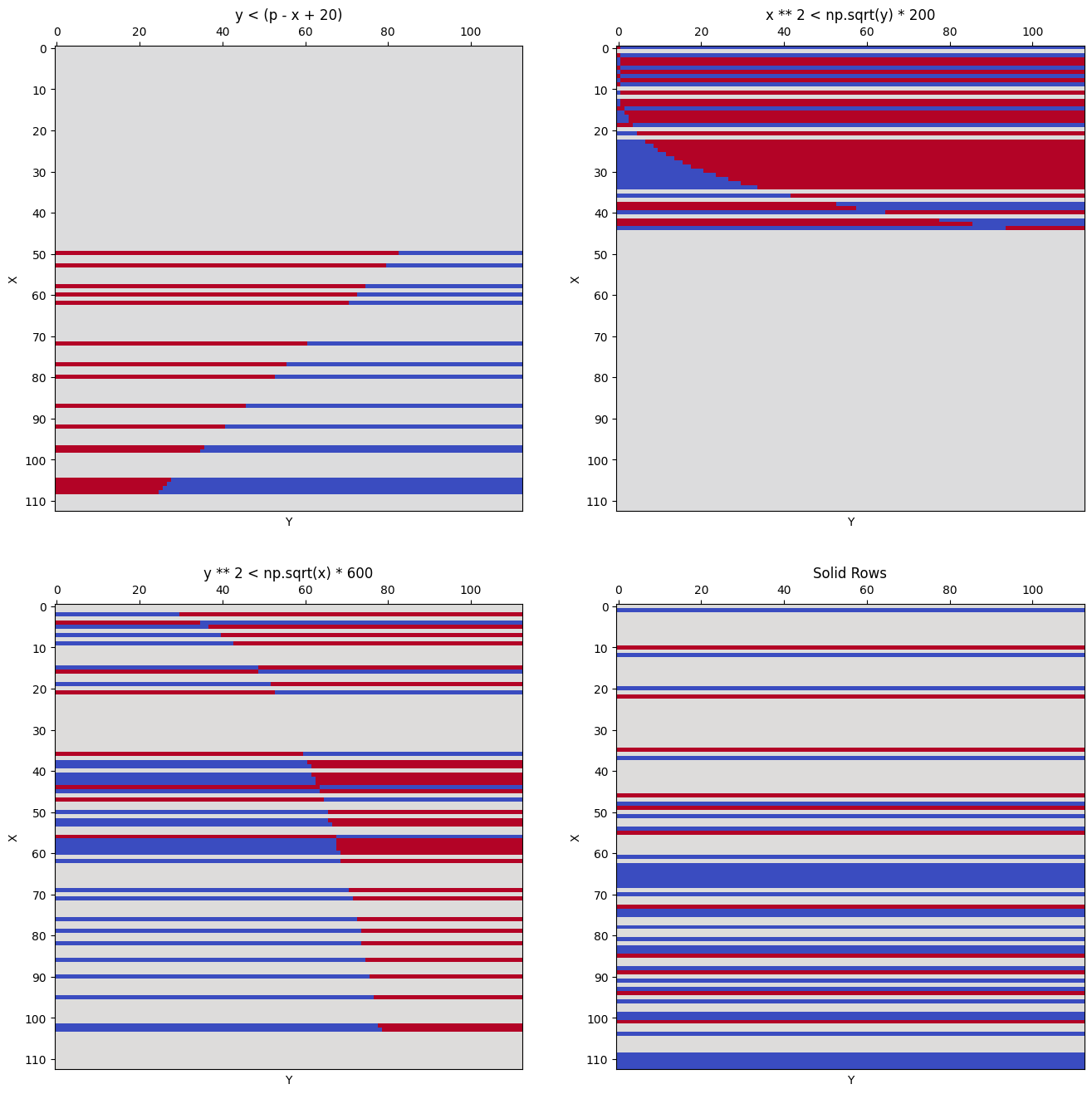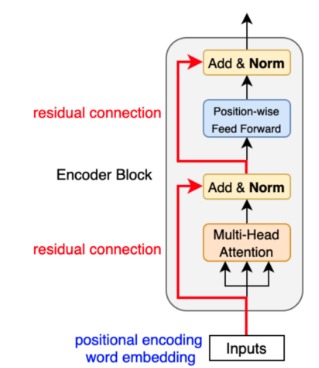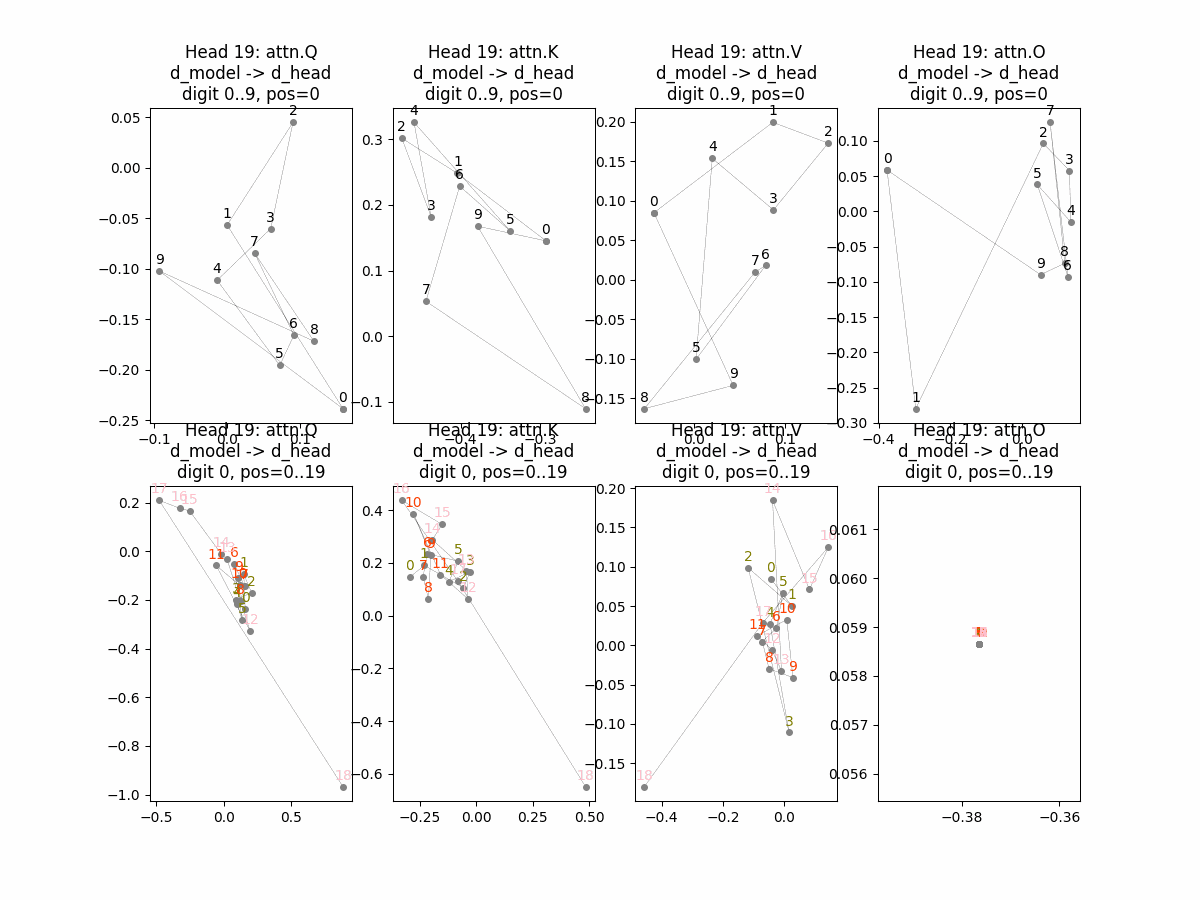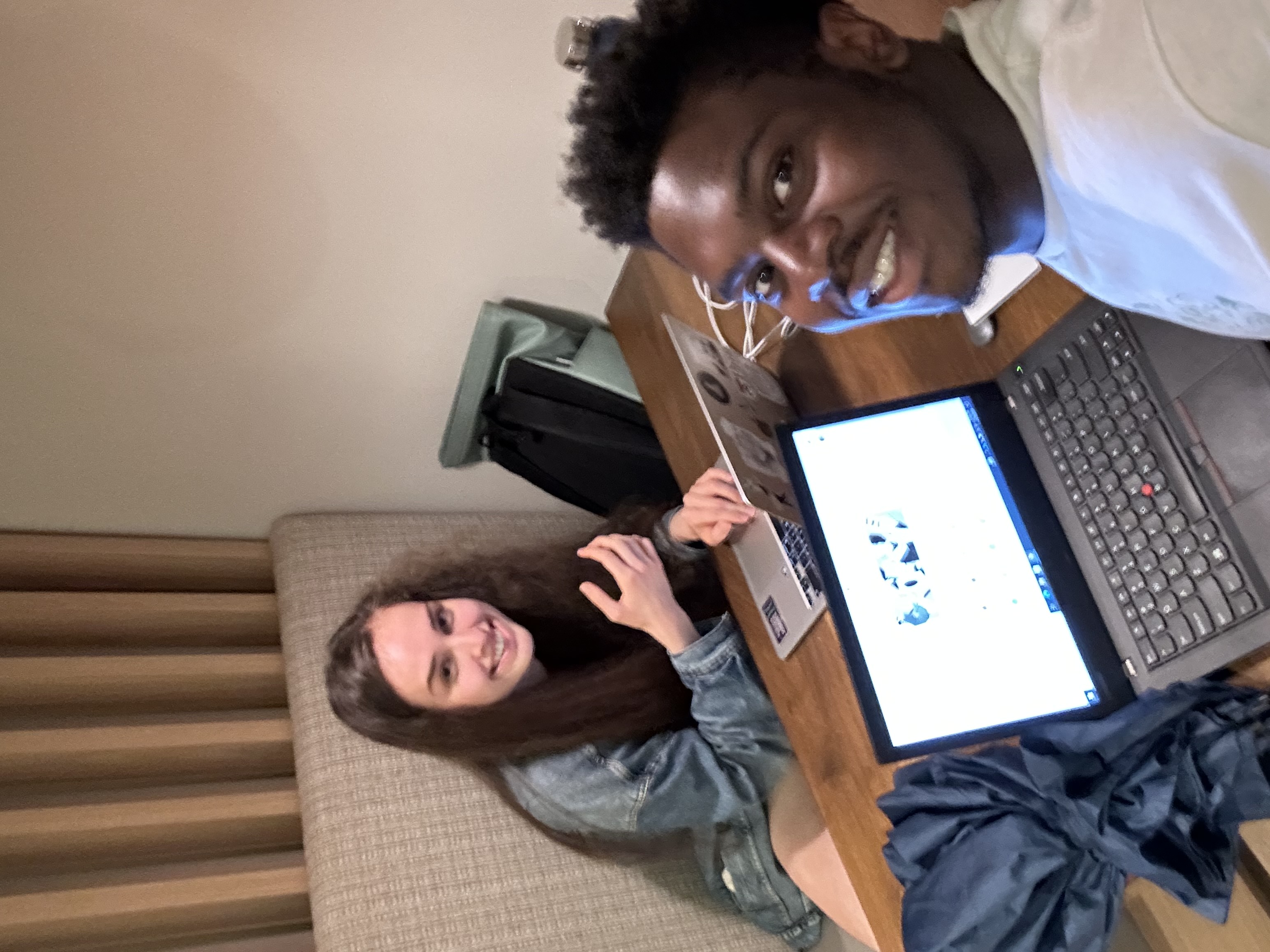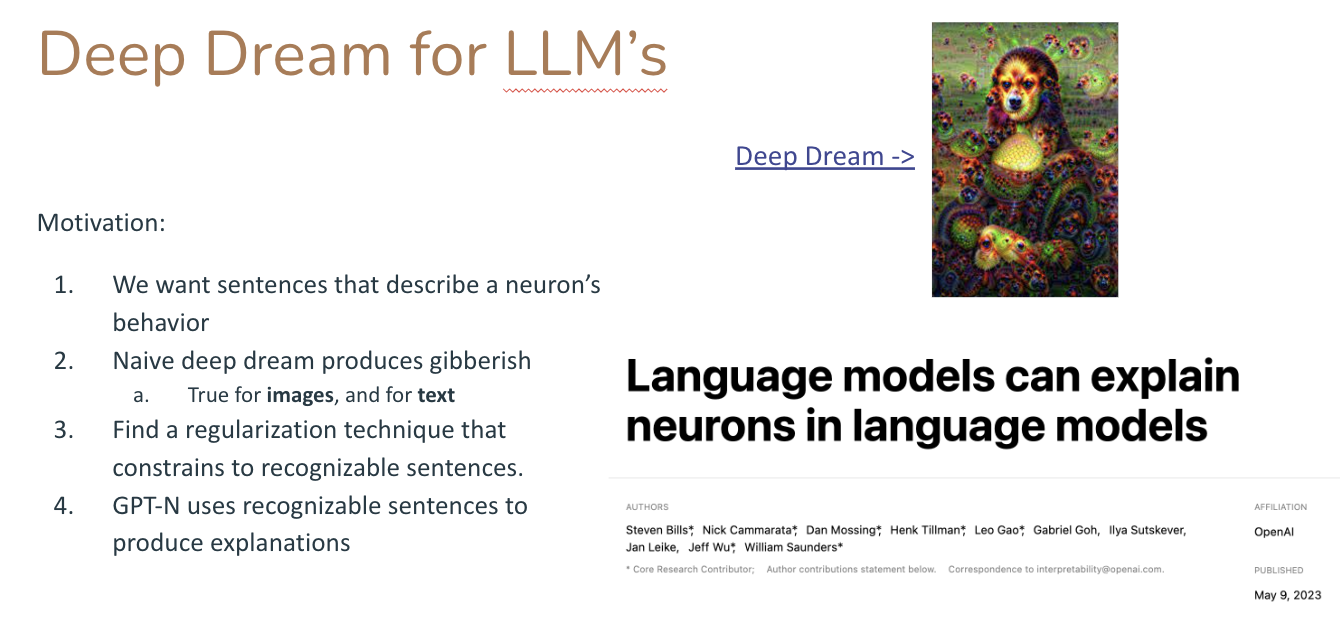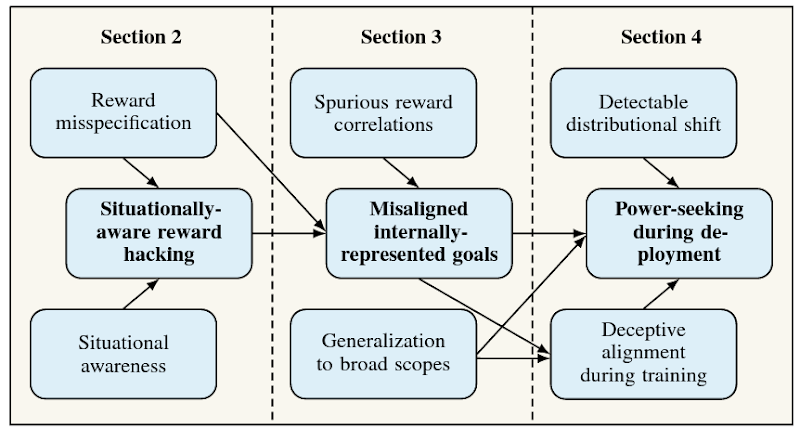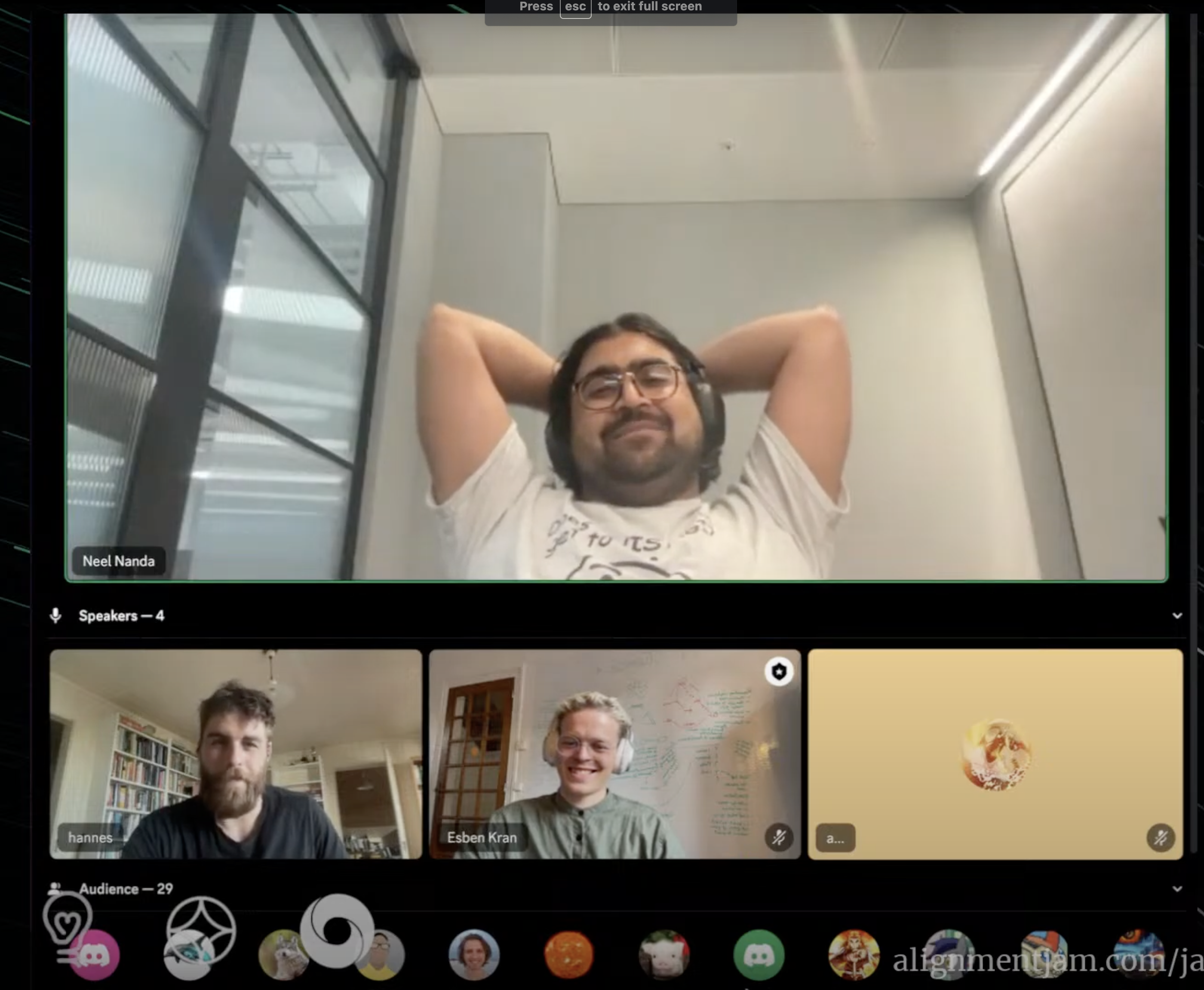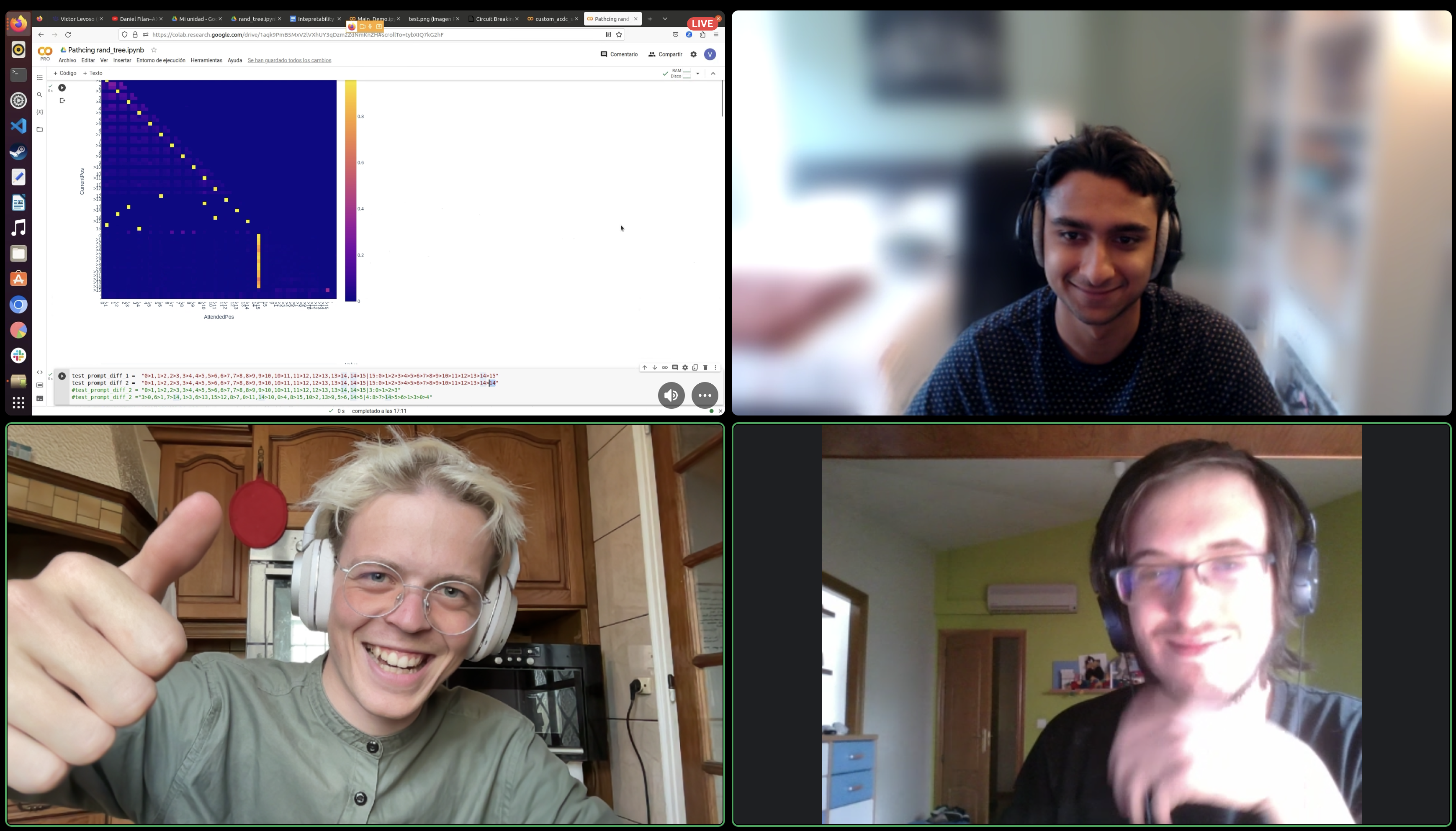Join us for the Distillation Hackathon where you are tasked with working on more digestible versions of existing literature in AI safety research and theory!

You will be working on articles for aisafety.info. You can write new answers to questions people have, or edit existing drafts of answers.
See the information document for up-to-date information on the event, e.g. how the top projects are selected.
Schedule
- Friday, August 25th, 7am UTC: Participants may start!
- Sunday, August 27th, 11pm UTC: Wrap-up Discord/GatherTown group call
Other information
If you write articles in the course of the write-a-thon, and if you write on Stampy in general, your contributions are released under a permissive copyright.
Welcome to Stampede!
The hackathon will run from August 25th, 7am UTC, to August 27th, 7am UTC. You are welcome to do any combination of writing articles, editing articles, and helping each other - all contributions will be considered part of the prize evaluations. See ‘how to participate’.
Collaboration on this event will happen on Discord and Gather. Feel free to join the discord ahead of time and introduce yourself!

There will be prizes for the best four entrants, who will win $1000, $600, $300, and $100. A random entrant (out of other serious entries) will win $200.
Here is the Schedule of events, a list of Suggested Questions to work on during the hackathon, the Article registration doc to register as the main person working on a question, and the Submission form for submitting your articles.
Notes
- Your contributions during the hackation and to Stampy in general are released under a permissive copyright.
- “Stampede”, “Write-a-thon” and “distillation hackathon” and “hackathon” all refer to the same thing in this context.
Schedule
Schedule for the event. Visit the linked version.

How to Participate
Broadly, there are three ways to contribute: Writing, editing, and making suggestions. You can do any combination of these three throughout the event.
If you happen to have a particular subject related to AI safety that you know a lot about, we encourage you to work on articles about that; you can ask on Discord if articles on it already exist.
Writing articles
To see articles that need to be written, choose one from this list of suggested articles or this searchable list of questions from Coda. Alternatively, if you want to write an answer to a question that isn’t already in the system, you can ask on Discord for a doc to be created.
You can start writing in suggest mode on these articles at any time. If you would like to be the main author for an article, go to the Article registration doc and add the article along with your name and discord handle. We will probably give you edit access to the doc, (or you can ask to be given access on the discord if we seem to be taking a while).
Editing articles
Some articles already have drafts, and need editing. If you would like to work on these, you can choose one from this list of suggested articles (scroll down to ‘Editing’) or this searchable list of questions from Coda.
Articles being edited should have a main editor in charge of the article. If you would like to be the main editor of something, go to the Article registration doc and add the article along with your name and discord handle. We will probably give you edit access to the doc, (or you can ask to be given access on the discord if we seem to be taking a while).
Helping out
To see questions others are already working answering on this weekend, go to the Article registration doc. Use google docs’ suggest and comment features to make suggestions and comments on the documents.
2. Write an answer or edit your chosen question
An answer for aisafety.info is usually a few paragraphs with links to outside resources (and internal links to other Stampy docs, if you want, though we can add them later instead). Take a look at existing articles for an idea of what to aim for.
- See the style guidelines for more details if you’d like them.
- There’s also an editing guide we use for the usual Stampy workflow; some of it doesn’t apply to the hackathon, but feel free to optionally look at it for more context.
We encourage people to collaborate on their articles. Hang out in the #distillation-write-a-thon channel on Discord and in gather.town (the Schelling point is the “alignment ecosystem development” room, but people can spread out into smaller working groups) to see what articles are in progress and get on calls about them or just make comments and suggestions on Discord or the doc. The submission document asks about who was helpful, and we will consider this in awarding prizes.
It’s probably a good idea to create a thread on the article you’re writing in the #editing channel, to serve as a central point for discussion on the article (along with the Google doc). You can tag @feedback in the Discord thread if you’re looking for feedback.
You’re allowed to use LLMs to help you, (we suggest this one; be aware that it logs questions where some of us can see them), as long as you mark this with a comment and you take responsibility for any hallucinations that the LLM generates (don’t do this unless you know enough about the subject to be able to judge whether it’s hallucinating).
3.Repeat the above for as many questions as you like.
As long as you have participated in the hackathon, you can fill out the submission form to be considered for prizes - even if you haven’t been the main author on any articles. The form will ask which other participants were helpful to you, so please try to keep track of who contributed.
4. Collect the articles you’ve been involved in and submit them
- Collect the articles you’ve been the main author on and submit them.
- The form asks for links to docs you were the main author/editor on, your name and contact information, and an ordered list of who was most helpful editing your articles.
- You are encouraged to submit by the end of the hackathon, but the form will stay open until Thursday, August 31st, 7am UTC
- If you can’t make it to the hackathon, you can submit articles you wrote during one contiguous three-day period between the announcement and the hackathon. If you’re taking this option, probably talk to Siao (@monstrologies) on Discord for details.
- Your entry may win a prize. The best four entries will win $1000, $600, $300, and $100. A random entry (out of other serious entries) will win $200.
Questions
If you have any questions, don’t hesitate to ask in the #distillation-write-a-thon channel, or to message Siao (@monstrologies), on Discord.





